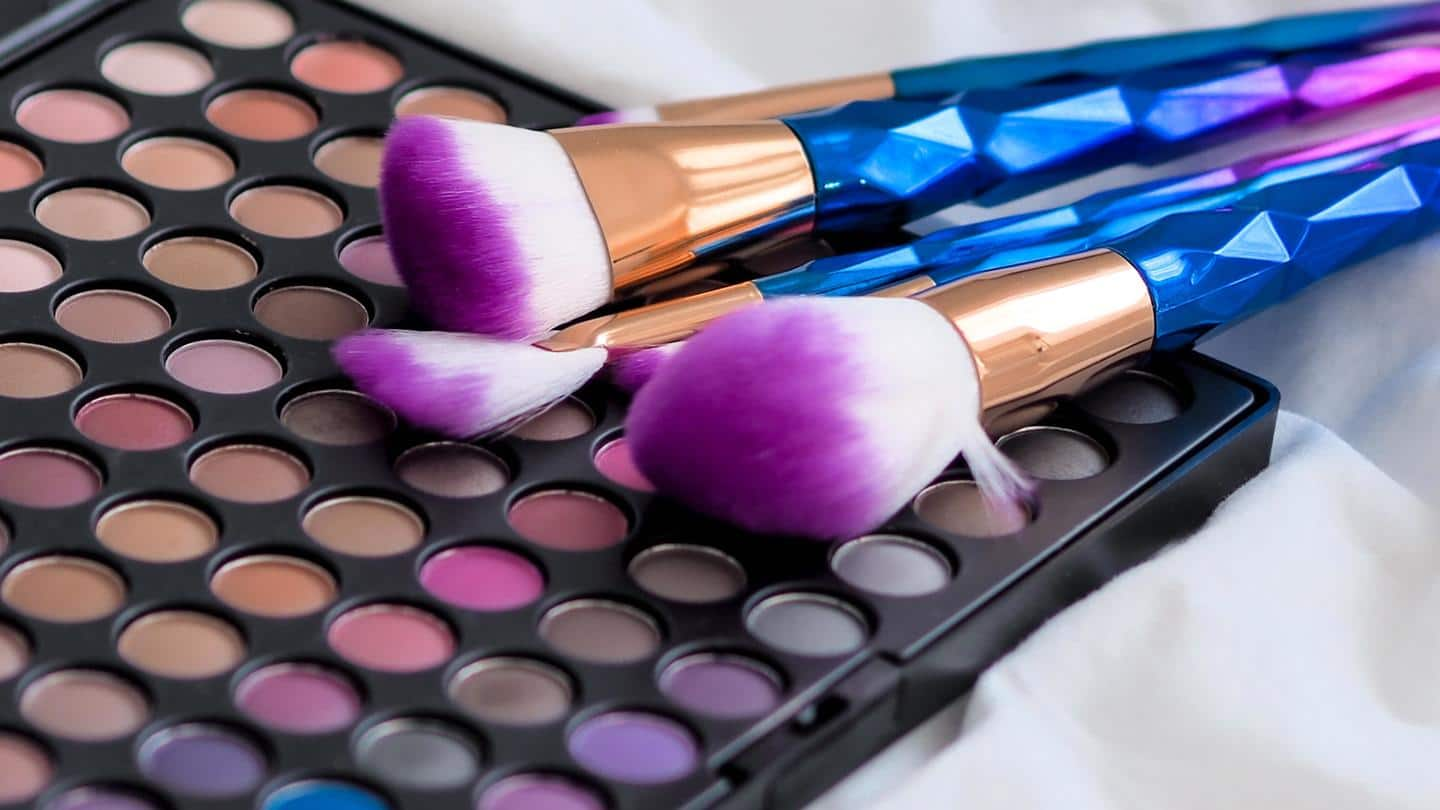
Everything you need to know about color theory in makeup
What's the story
Have you been disappointed with how a new lipstick ended up looking bland on you as compared to how fantastic it seemed on the white model who advertised it?
Well, it is not the lip shade's fault, but it is your skin tone that is different from the model's.
Color theory suggests skin tones neutralize some pigments making the product color appear different.
Color theory
What is color theory in makeup?
Color theory is the art of mixing colors and understanding the visual effects produced by particular color combinations.
This theory helps you to understand how to make various colors look perfect together and complement your skin tone and undertone.
It also enlightens you about creating shades, tones, and tints of different shades by adding neutral colors like white, gray, or black.
Complementary colors
Understanding how colors work
Red, yellow, and blue are the three primary colors. By mixing two primary colors, you get secondary colors like green, orange, and purple or violet.
By mixing a secondary and a primary color, you get a tertiary color.
Complementary colors like green and red can neutralize each other when mixed. You can use a color-correcting concealer to neutralize pigmentation before applying a lighter concealer.
Importance
Why makeup color theory matters
Color theory in makeup helps you to match your skin tone to your foundation and concealer and color-correcting the blemishes on your skin to minimize them and make your skin look flawless.
You can use a green corrector to tone down blemishes and red patches, while purple makeup can counterbalance your yellow undertones.
Orange concealers can be effective in concealing dark circles.
Colors on skin
Helps you understand how different products will look on skin
A lipstick, highlighter, or eyeshadow may look great in the pan but look bad on your skin sometimes.
This is because your skin tone neutralizes maximum pigments and makes certain colors look different.
For example, a purple eyeshadow looks really brown on people with heavy yellow undertones since purple and yellow are complementary colors and cancel each other out when mixed, creating a brown.
Matches
Perfect lip shade that goes with bold eye makeup
Color theory helps you understand which lip shade to use with a bold and vibrant eye makeup look.
A nude lipstick with bright eye makeup might not always work.
You must stick to shades in the same tonal family, even if you are choosing a complementary color.
For example, a sea green liner with cool undertones works well with a cool-undertoned wine lip shade.
Lip shade
Choosing a nude lip shade according to the color theory
You might find it difficult to pick a nude lipstick since lips are more pigmented.
So, while picking a nude lipstick, choose shades that neutralize your lip's pigment, like a nudish brown or beige with undertones complementary to your natural lip color.
Choose nude with red undertones if your lips have olive undertones and orangey or yellow-toned nudes for purple-toned lips.
Color wheel
Guide to apply makeup using color theroy
Get a color wheel for reference while choosing your makeup colors. Groups of three colors next to each other on the color wheel are known as analogous colors.
It is easy to build a gradient look with analogous colors without making it appear muddy, as they blend in well.
Some examples include pink, purple, and blue, or orange, yellow, and red.